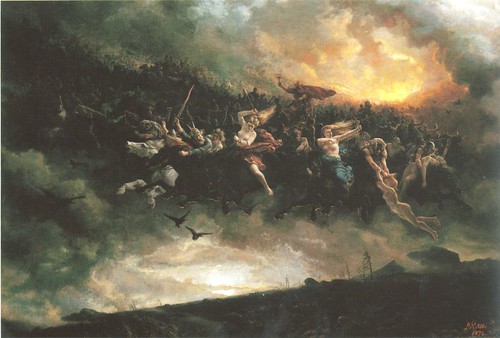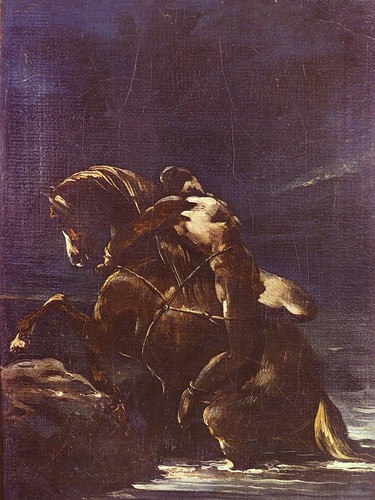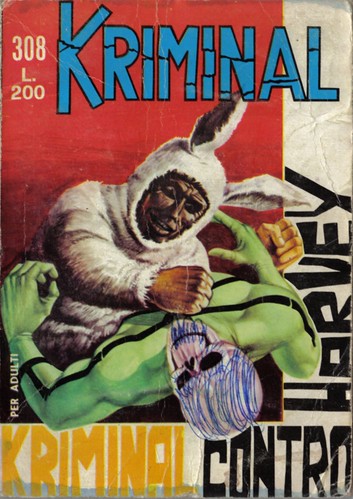The Pornographic Imagination is is my second entry in this series, the first was Leslie Fiedler’s Cross the Border — Close the Gap (1969).
The Pornographic Imagination is a nobrow essay by Susan Sontag first published in book form in Styles of Radical Will. It had been originally published two years earlier in the Partisan Review of spring 1967.
The subject is erotic literature and Sontag contends that five French literary works are not ‘just’ pornography but literary fiction and thus genuine literature. Although the term paraliterature had not been coined at the time of its writing (we have to wait 17 years for Fredric Jameson to do that), the connection between science fiction and erotic fiction makes this essay one of the first defenses of the nobrow or paraliterary category.
Her ‘case’ is based on these five novels:
- L’Histoire d’O (1954) – Pauline Réage
- Histoire de l’oeil (1928) – Georges Bataille
- Madame Edwarda (1937) – Georges Bataille
- Trois filles de leur mère (1926) – Pierre Louÿs
- L’Image (1956) – Catherine Robbe-Grillet
On Georges Bataille she writes:
- “One reason that Histoire de l’oeil and Madame Edwarda make such a strong and unsettling impression is that Bataille understood more clearly than any other writer I know of that what pornography is really about, ultimately, isn’t sex but death. I am not suggesting that every pornographic work speaks, either overtly or covertly, of death. Only works dealing with that specific and sharpest inflection of the themes of lust, “the obscene,” do. It’s toward the gratifications of death, succeeding and surpassing those of eros, that every truly obscene quest tends.”





